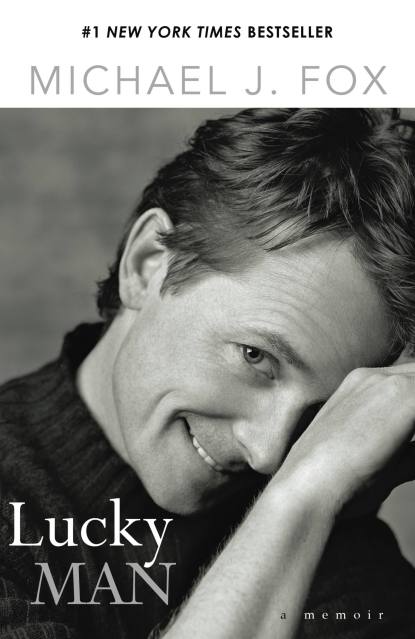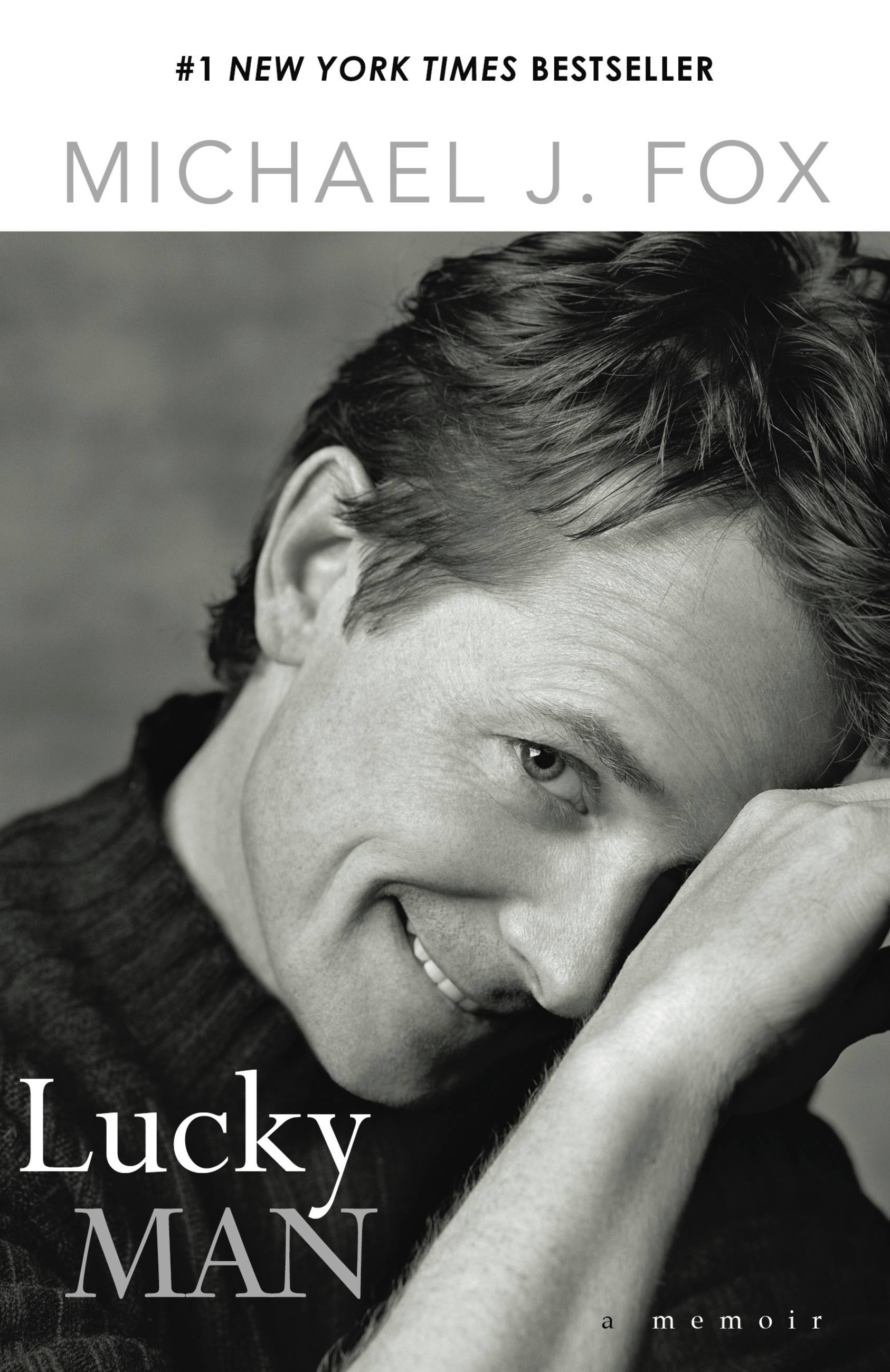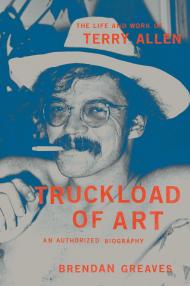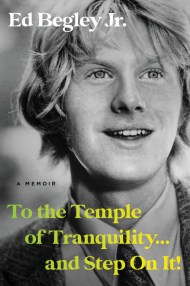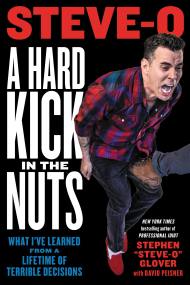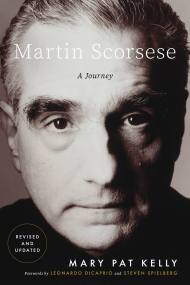Promotion
Use code MOM24 for 20% off site wide + free shipping over $45
Lucky Man
A Memoir
Contributors
Formats and Prices
Price
$10.99Price
$13.99 CADFormat
Format:
- ebook $10.99 $13.99 CAD
- Trade Paperback $18.99 $24.99 CAD
This item is a preorder. Your payment method will be charged immediately, and the product is expected to ship on or around April 9, 2003. This date is subject to change due to shipping delays beyond our control.
Also available from:
Michael J. Fox is donating the profits from his book to the Michael J. Fox Foundation for Parkinson’s Research, which is dedicated to fast-forwarding the cure for Parkinson’s disease. The Foundation will move aggressively to identify the most promising research and raise the funds to assure that a cure is found for the millions of people living with this disorder. The Foundation’s web site, MichaelJFox.org, carries the latest pertinent information about Parkinson’s disease, including:
- A detailed description of Parkinson’s disease
- How you can help find the cure
- Public Services Announcements that are aired on network and cable television stations across the country to increase awareness
- Upcoming related Parkinson’s disease events and meetings
- Updates on recent research and developments
Genre:
- On Sale
- Apr 9, 2003
- Page Count
- 260 pages
- Publisher
- Hachette Books
- ISBN-13
- 9781401397791
Newsletter Signup
By clicking ‘Sign Up,’ I acknowledge that I have read and agree to Hachette Book Group’s Privacy Policy and Terms of Use
